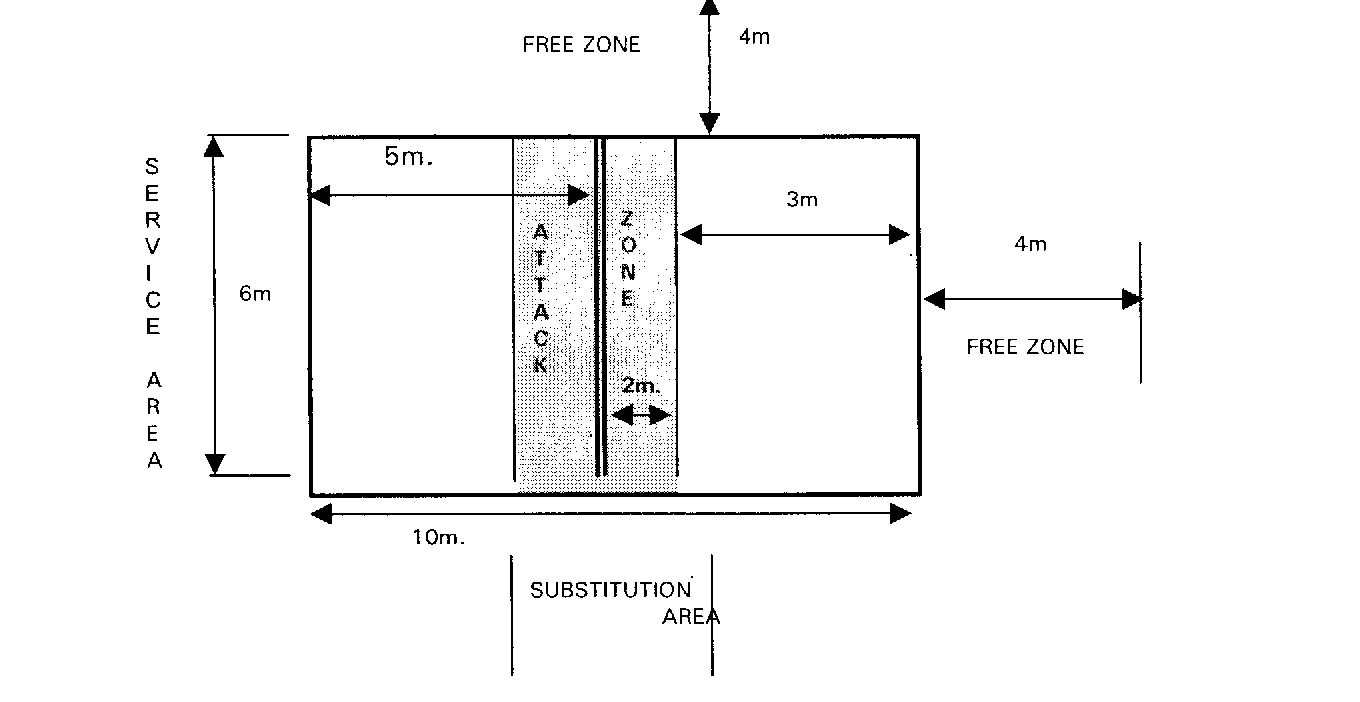Sitting volleyball is very similar to standing volleyball. The basic principles of pass-set and spike (attack) are essential in each version of the sport. Similar to standing volleyball scoring, there are a total of 5 sets played to 25 points in international competition. The match is won by the team who wins three sets (most domestic and club tournaments are the best of 3 sets). Further, the pace of sitting volleyball is as fast, or faster, than standing volleyball. However, there are few key differences in the two games. First, are the court dimensions. The regulation court for both men and women are 10 meters in length x 6 meters wide which is much smaller than a regulation indoor volleyball court (18 meters long x 9 meters width). In sitting volleyball the men’s net is 1.15 meters high and the women’s net is 1.05 meters high. Second, when striking a ball, part of the player’s torso must remain in contact with the ground. This is measured from a player’s buttocks to his/her shoulders. Other key differences include the fact that a player’s legs may cross the service, attack and the center line provided there is no interference with an opposing player. Blocking or attacking a serve is legal in sitting volleyball.

